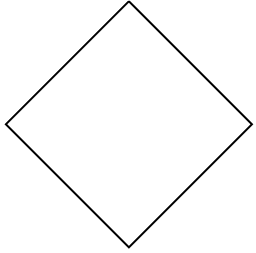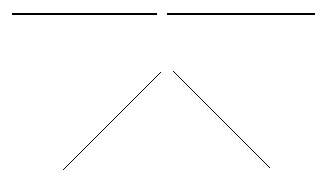Design Your Own Antennas |
|
|
divided by Freq. MHZ The vertical length is feet. Back to Top |
 |
|
The halfwave vertical antenna consists of a vertical radiator which is fed from the bottom of the antenna. A matching device MUST be added between the antenna and the feedline if you wish to use coax cable. Adding a coil in series with the antenna at the base is one way of doing this. |
|
|
Enter the formula for the antenna calculation
Switch to:
Your halfwave antenna's vertical length is
Back to Top |
 |
|
The cubical quad antenna is a four sided antenna, with each side about a quarter wave length long. Several factors influence the performance of the antenna, such as :
|
|
|
Enter the formula for the antenna (normally 1005/f): divided by Freq. MHZ Your quad's total length is feet
|

|
|
The 5/8 wave antenna consists of a vertical radiator which is fed at the bottom of the antenna. A matching device such as a coil in series with the antenna must be used if you wish to feed it with coax. |
|
|
Enter the formula for the antenna (normally 585/f or 178.308/f for metric): Switch to: Your 5/8 wave antenna's Vertical element is
|
|
|
Most people are familiar with the center fed, halfwave dipoles and inverted vees that are so popular. There is no exact formula for calculating these antennas. The problem is that there are several factors that affect the antenna. Fortunately there is a starting formula for these types of antennas. For center fed, wire dipole antennas, the formula is 468/freq(mhz). Enter the formula for the antenna: |
|
|
divided by Freq. MHZ Percent smaller for an Inverted Vee. Your
dipole's total length is feet.
Your Inverted Vee's total length is feet.
Back to Top |

|